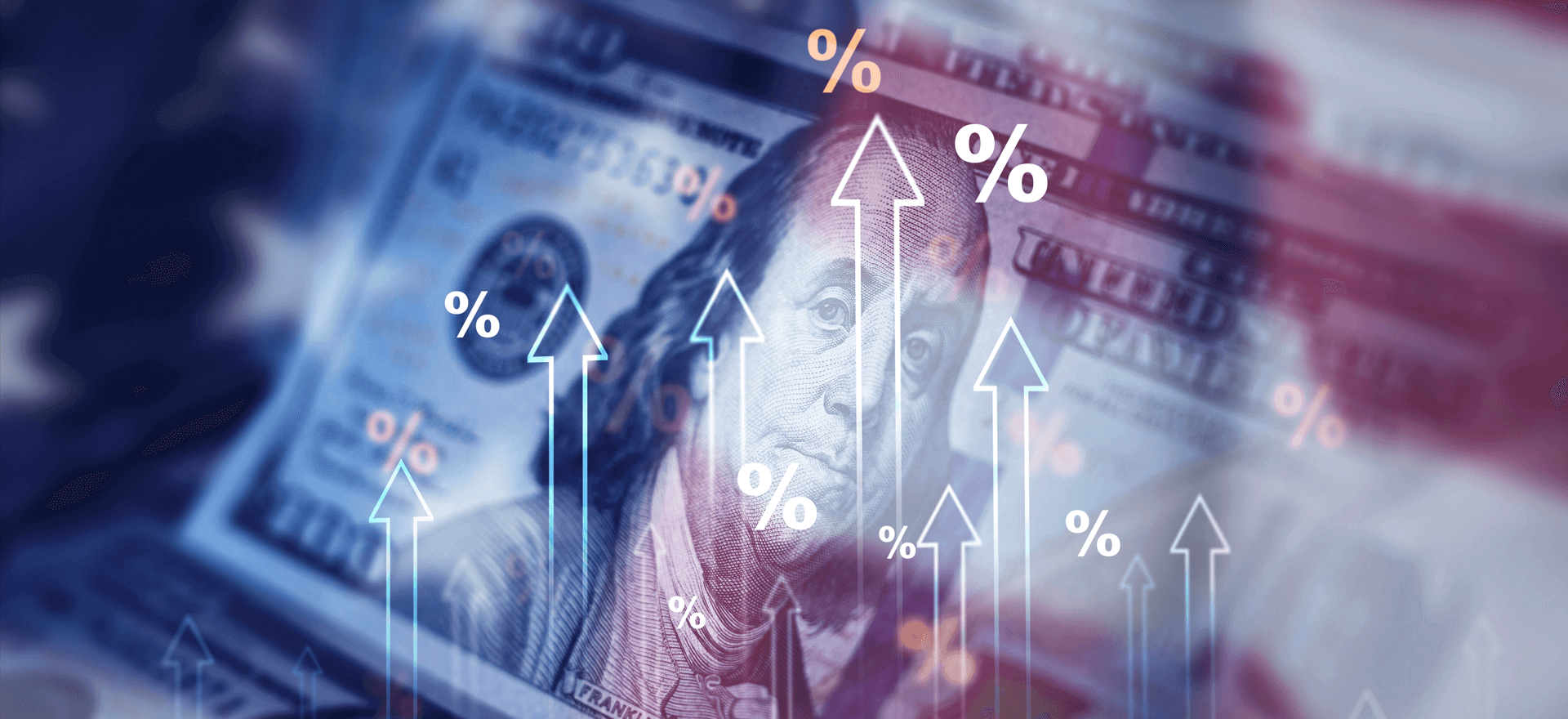
Investing|Reports and company information
July’s investment market commentary
July was another good month for equity markets, with declining inflationary pressure and resilient economic data. However, central banks remained hawkish, Simon Watts explains.
July was another good month for equity markets, with declining inflationary pressure, relatively resilient economic data (particularly out of the US) and continued excitement over artificial intelligence (AI) all providing support. However, further interest rate rises and hawkish rhetoric from central banks, given the uncertainty about how ‘sticky’ underlying inflation will be, meant that government bonds struggled despite promising signs in terms of headline inflation. The Bank of Japan surprised the markets by modifying part of its monetary policy, this change was seen as a step towards policy normalisation / tightening and resulted in higher Japanese government bond (JGB) yields (albeit at 0.6% the 10-year JGB yield is still very low). Perhaps less surprising was the announcement by China’s Politburo that it would be providing fresh policy support to stimulate economic growth which has disappointed since China reopened, after abandoning its zero-Covid policy late last year.
Global equity markets (+3.2%) rose strongly over the month, in local currency terms. Regionally, the prospect of policy stimulus from China helped emerging market stocks (+5.4%) generate some of the strongest returns. The US stock market (+3.4%) also performed well due to increased hopes of an economic ‘soft-landing’ and its relatively high exposure to AI related companies. In comparison, UK (+2.2%), Europe ex UK (+1.5%) and Japan (+1.3%) lagged. In terms of style, value / cyclical stocks (+4.1%) marginally outperformed growth (+3.2%) orientated equities. This pattern was also reflected in the sector performance, with energy (+6.5%), communication services (+6.3%), materials (+5.5%), and financials (+5.3%) by-far the best performing areas. At the other end of the spectrum, information technology (+2.6%), utilities (+1.9%), and healthcare (+1.5%) sectors trailed the most.
Within fixed income markets, returns were more subdued due to the general expectation that central banks would keep interest rates higher for longer. Looking at the detail, while global government bond prices fell (-0.2%) only marginally, there was some disparity across markets, for example, UK government bonds (+0.8%) rallied sharply due to much lower-than-expected inflation data. Global investment grade credit (+0.6%) generated a positive return over the month as spreads tightened, and at the risker end of the credit spectrum the same was true with global emerging market debt (+1.6%) and global high yield (+1.4%) also performing well in July.
In terms of real assets, listed property and infrastructure stocks performed roughly in line with equities over the month with the global listed infrastructure (+2.1%) and global REITs index (+3.8%) both generating positive returns. Commodities (+6.3%) generated the best returns for the month, however, there was significant divergence across the different markets. Crude oil (+16.1%) and industrial metals (+6.9%) were the strongest areas. Oil prices were buoyed by additional supply cuts by Saudi Arabia, while industrial metals were helped by the expectation of economic stimulus measures in China. Agriculture (+2.6%) rose mainly because of rising wheat prices due to the withdrawal of Russia from the UN-brokered Black Sea Grain Initiative. However, the drought in Europe and the onset of El Nino are also seen as putting upward pressure on agricultural prices more broadly. Finally, gold (+2.6%) was also positive, benefiting from the prospect of being closer to, if not at, peak interest rates and a weaker US dollar over the month.
| INDEX | END JUNE VALUE | END JULY VALUE |
|---|---|---|
| FTSE 100 | 7531.53 | 7699.41 |
| DJ Ind. Average | 34407.6 | 35559.53 |
| S&P Composite | 4450.38 | 4588.96 |
| Nasdaq 100 | 15179.21 | 15757 |
| Nikkei | 33189.04 | 33172.22 |
| £/$ | 1.2703 | 1.2835 |
| €/£ | 0.85927 | 0.8568 |
| €/$ | 1.0909 | 1.0997 |
| £ Base Rate | 5.00 | 5.00 |
| Brent Crude | 75.41 | 85.43 |
| Gold | 1919.35 | 1965.09 |
This month’s values quoted as at 31/07/2023. The above values are sourced from Bloomberg and are quoted in the relevant currency.
Clients of Nedbank Private Wealth can get in touch with their private banker directly to understand how their portfolios are responding to market events, or call +44 (0)1624 645000 to speak to our Client Services team.
If you would like to find out more about how we help manage clients’ investments, please contact us on the number above or via our Contact us page.
Investments can go down, as well as up, to the extent that you might get back less than the total you originally invested. Exchange rates also impact the value of your investments. Past performance is no guide to future returns. Any individual investment or security mentioned here may not be suitable, and is included for information only and is not a recommendation. You should always seek professional advice before making any investment decisions.
Author

Louis Hutchings
Portfolio Manager , London
Louis joined Nedgroup Investments, a sister company of Nedbank Private Wealth, in July 2019 and is a Portfolio Manager within the London team. Louis primarily focuses on macroeconomic research, helping to inform the Tactical and Strategic Asset allocation across the portfolio ranges.
At Nedgroup Investments Louis is Co-Chairman of the International Strategy Committee and a voting member of the Global Investment Committee.
Louis holds the Charted Financial Analyst (CFA) qualification, alongside a MSc in Finance from the London School of Economics and Political Science and a first class BSc (Hons) degree in Economics from the University of Birmingham. Previous experience includes internships at Investec, Capgemini and Wesleyan.
RELATED NEWS
You may also be interested in the following Insights
Sign up for our updates
Stay up to date with the latest news, insights, and opinions from Nedbank Private Wealth by signing up to our newsletter. You can also register to be invited to our virtual events and hear directly from a wide range of experts. Sign up below. You can unsubscribe at any time.












